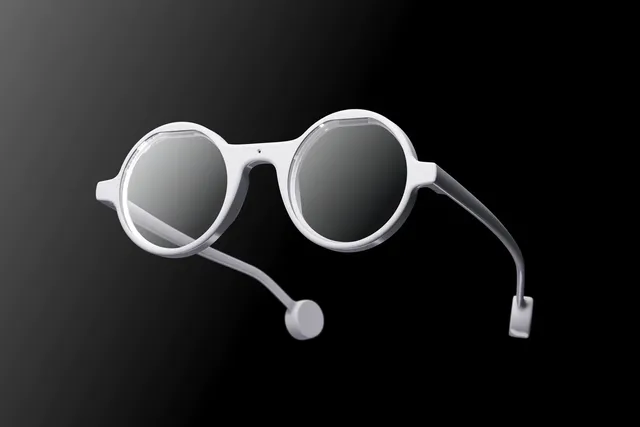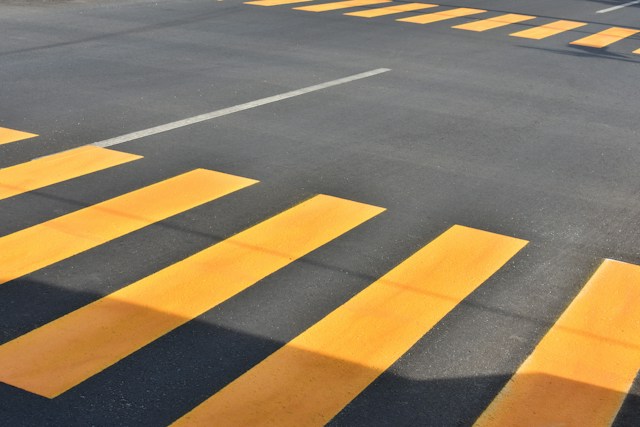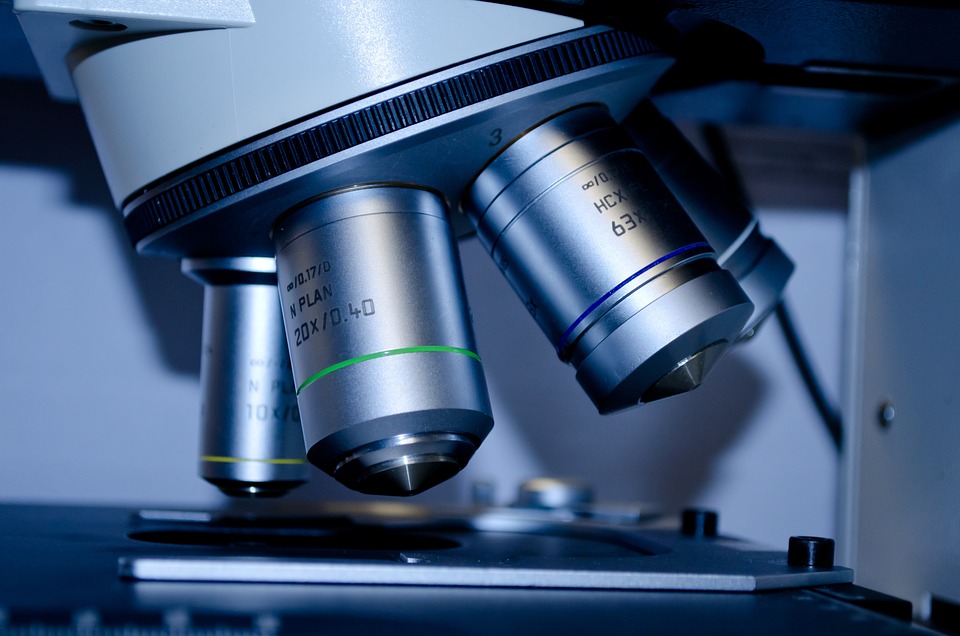Fashion’s always been about what’s hot and new, but lately, it’s also about what’s good for the planet. People are starting to care more about the impact of their wardrobe choices. They’re asking tougher questions, like, “Where did this shirt come from?” or “What’s it doing to the environment?”
This change in how we think is nudging clothing companies to step up. A lot of them are leaning into greener ways to make their stuff. It’s not just about keeping up with trends anymore—it’s about cutting down on harm while still delivering clothes we love. Honestly, it feels like sustainability is becoming the new normal in fashion.
The Environmental Toll of Traditional Clothing Manufacturing
The way clothes used to be made wasn’t great for the Earth. Take a single pair of jeans: it can guzzle up to 3,781 liters of water to produce. That’s wild! Then there’s the dye and chemicals that get dumped into rivers, messing up ecosystems and hurting people nearby.
On top of that, factories often burn fossil fuels to keep things running, pumping out carbon emissions like nobody’s business. And let’s not get started on waste—when trends flip fast, unsold clothes just pile up in landfills. It’s a mess.
Key Sustainable Practices Being Adopted
Reducing Waste
One smart move is making only what’s needed. By producing smaller batches, clothing manufacturers can match what people actually want to buy, which means less apparel gets tossed. It’s not just good for the planet—it lets brands stay nimble and keep up with what’s trending.
Some designers are even going for zero-waste patterns, where they cut fabric in a way that uses every last scrap. Others are getting creative, turning leftover bits into totally new pieces. It’s pretty cool to see.
Eco-Friendly Materials
Materials are a big deal too. Organic cotton’s a favorite because it sips less water and skips the nasty pesticides. Then you’ve got stuff like hemp and bamboo, which grow fast and don’t need much chemical help.
Recycled fabrics are popping up more too. Picture this: old plastic bottles getting spun into polyester, or fabric scraps being reborn as fresh textiles. It’s a great way to use what’s already out there instead of starting from scratch.
Water and Energy Conservation
Water’s another big focus. Some brands use closed-loop systems that clean and reuse water during production—pretty clever, right? Others are trying out waterless dyeing, which still gives you those bold colors without the waste.
Energy’s getting a makeover too. Factories are swapping in solar panels or upgrading to machines that don’t hog power. Even small stuff, like better lighting, helps shrink their carbon footprint.
Ethical Labor and Fair Trade Standards
Sustainability isn’t just about the environment—it’s about people too. More brands are making sure their workers aren’t stuck in awful conditions. Fair wages and safe workplaces are all part of the deal now.
Some companies partner with factories that stick to fair trade rules. Those places get checked regularly to make sure they’re doing right by their people. It’s a win for workers and builds trust with shoppers like us.
Sustainable Packaging
Even packaging’s getting a glow-up. Plastics’s out, and recycled paper or compostable bags are in. Some brands go further, using sturdy boxes you can send back or reuse for something else. It’s a small change that adds up.
The Role of Technology in Driving Sustainability

Tech’s a game-changer here. AI’s getting better at guessing what we’ll want to buy, so brands don’t overproduce. Digital tools help keep track of materials and stock, too.
Then there’s blockchain—super nerdy but awesome. It lets companies show exactly where your clothes came from. Scan a code, and bam, you’ve got the whole story. It’s like a backstage pass to your outfit.
Challenges and Limitations
Going green isn’t all smooth sailing. Sustainable materials can cost a fortune, which is rough for smaller brands. That sometimes means pricier clothes for us, and not everyone’s on board with paying extra.
Plus, old habits die hard. Fast fashion’s still cheap and tempting, and some folks aren’t ready to ditch it. That makes it tricky for eco-friendly brands to stand out.
The Future of Sustainable Clothing Production
Looking ahead, things seem hopeful. More brands are into circular fashion—think clothes designed to be recycled or reused forever. Some are even exploring regenerative farming to grow materials in ways that actually help the soil.
Governments might pitch in too, with rules that push everyone to go greener. If that happens, the whole industry could shift faster than you can say “new collection.”
Bottom Line
Clothing brands are stepping up, finding ways to make awesome clothes without wrecking the planet. It’s not a walk in the park, but it’s worth the effort.
As shoppers, we’ve got power too. Every time we choose a brand that’s doing things right, we’re helping push the needle. Together, we can make fashion something we feel good about—inside and out.







